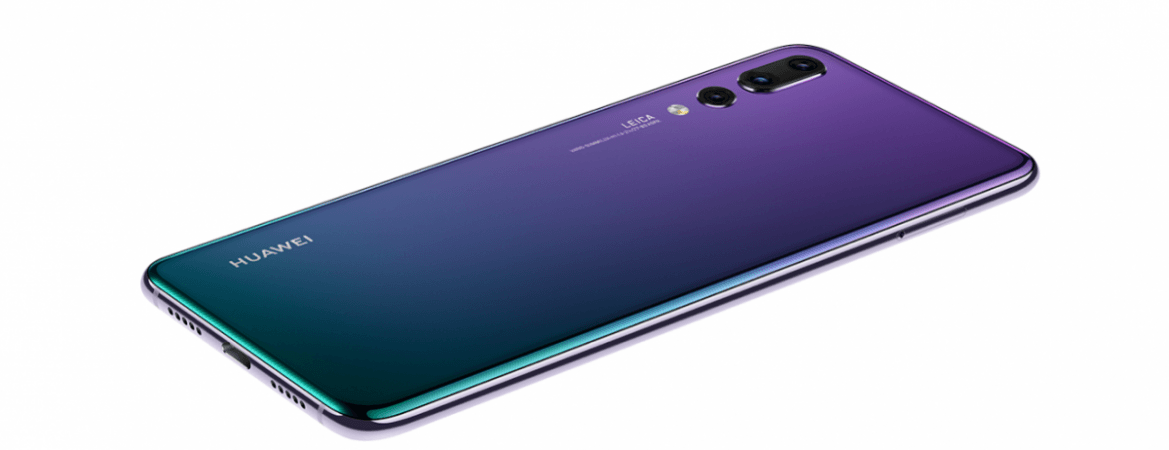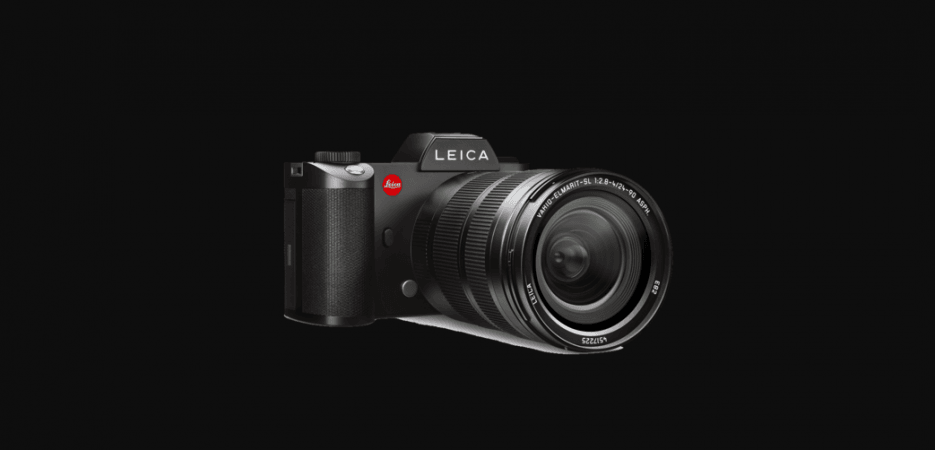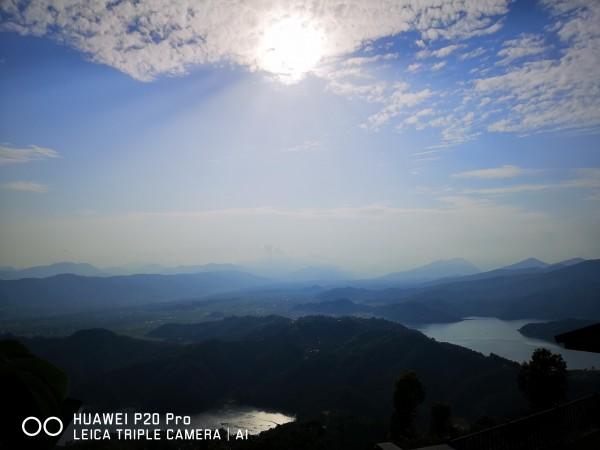
Huawei is one of the leading smartphone brands globally and its latest flagship, the P20 Pro, has been making the headlines ever since it was launched in March this year. One of the biggest USP of the smartphone is its first-ever triple-lens camera setup at the back, which puts most of its rivals behind in terms of DxOMark scores. So we at International Business Times, India, took this camera-centric flagship for a spin during a 2-day expedition to test its full potential and here's our take on it.
Huawei P20 Pro has a powerful message hidden inside, the one that requires you to really dig into the spec-sheet looking for more than "megapixels" and "sensors". Huawei does a reasonably fair job leading you to those core elements in the P20 Pro that really stand out. If you saw one of those P20 Pro posters, you would not miss two things - "Leica" & "AI." To be more specific, it would be "co-engineered with Leica" and "see mooore with AI" branding.

So why are they important or why should you even care? If you're serious about understanding the camera aspect of the P20 Pro, it is all connected. As a part of field review, we tested the P20 Pro in Pokhara, a city in Nepal known for scenic views of Annapurna Circuit - a popular trail in the Himalayas. While it was a mix of landscape and street photography, the purpose of it was to understand the bigger role Leica lens and Master AI (as the feature/setting is called in the phone) in enhancing the overall camera experience for the user.
Before we get to what the P20 Pro's camera is capable of, here's a quick introduction to Leica - a German camera lens maker that rivals against the likes of ZEISS - and how it gives the P20 Pro the ammunition to shoot justified photographs.
Leica - the Rolls Royce of lenses?
The first thing you'll notice about Leica lenses is their eye-popping prices. Would you pay up to $20,000 for a Leica digital camera with body and lens when there are cheaper (a lot cheaper if I must add) alternatives available? But the fact that Leica has partnered with Huawei takes the focus away from the price and lets us look into what they're capable of.
With Leica lenses, the beauty lies in the details. In our extended conversation with Leica ambassador Vineet Vohra, he had mentioned the amount of details captured on a Leica lens camera is simply unparalleled and after spending a good amount of time with the Huawei P20 Pro, we may be inclined towards accepting that fact.

Another interesting bit of detail about Leica lenses is their manufacturing cost. They are handmade, yes, each and every one of them, which is why our reference to it being the Rolls Royce of lens industry is quite on point.
As for what they deliver, Leica lenses are known for their impressive details, the crispness and the sharpness you'll rarely find in rival models. So Huawei packing Leica lens in its P20 Pro is in itself an expensive choice and offering that smartphone at Rs 65,000 is a bang for the buck.
So it's fair to say that the P20 Pro's retail price is vastly justified by the inclusion of Leica lens into the mix.
Master AI - Jack of all trades
Now that you understand the significance of Leica in the P20 Pro, let's show you the magic of Master AI in the phone that's adding that x-factor to the photos. Our tests included shots with and without Master AI, and the difference is distinguishable, especially in blues and greens.
As you can see in some shots below, the skies appear bluer and the greenery couldn't be better. You'll simply fall in love with the colours, and it's not just the scenic view of sunrise covered in thick clouds and sometimes fog.

Take a look at the natural-appearing skin tones and the lows that are perfectly lit and not lost in the darkness.

We feel Huawei's reason for using the AI branding is not a technical term that's here to sound sophisticated or impress consumers. It is actually justified to the point where users will find its relevance whether or not they are aware of it.
More shots to prove our point here:
The secret switch
But the P20 Pro is so much more. Leica's lens gives it the crispness and the sharpness to get an image right, and if you have to see that then simply switch to monochrome. If you love the beauty of capturing emotion in colourless stills, you'll fall in love with the monochromes shot on the P20 Pro. Let these images give you a sense of what we mean.
The most ideal time to shoot in monochrome was when the sun was at its peak, and let's call it our luck (or not if you're not who enjoy scorching heat), the sun generously shined on the days we were testing the smartphone. The perfect contrast and brightness without overdoing it is simply a hidden gem in the P20 Pro's monochrome mode.
But before we conclude our review, a pro tip from Vohra - "Print the photographs you've captured on the P20 Pro." We'll be doing it, and we hope you would as well just to get the feel of photography without owning one of the expensive DSLRs.





























